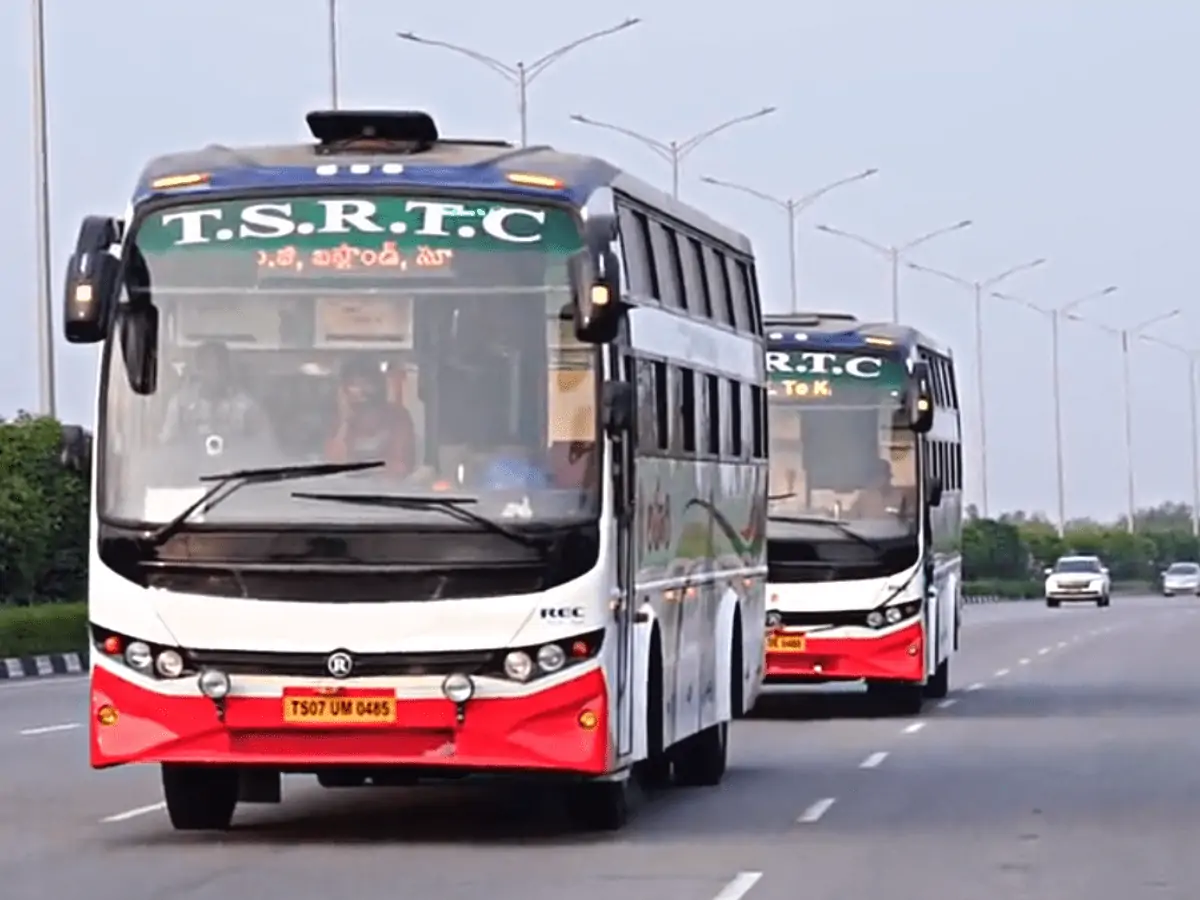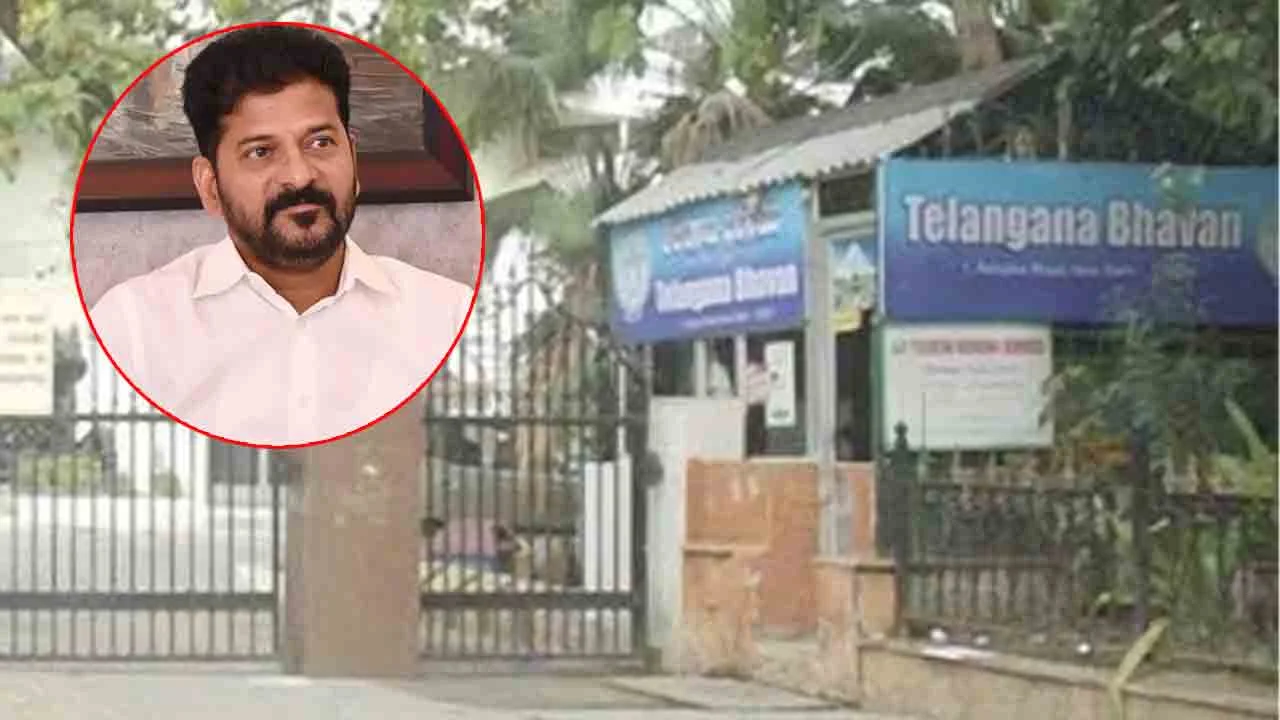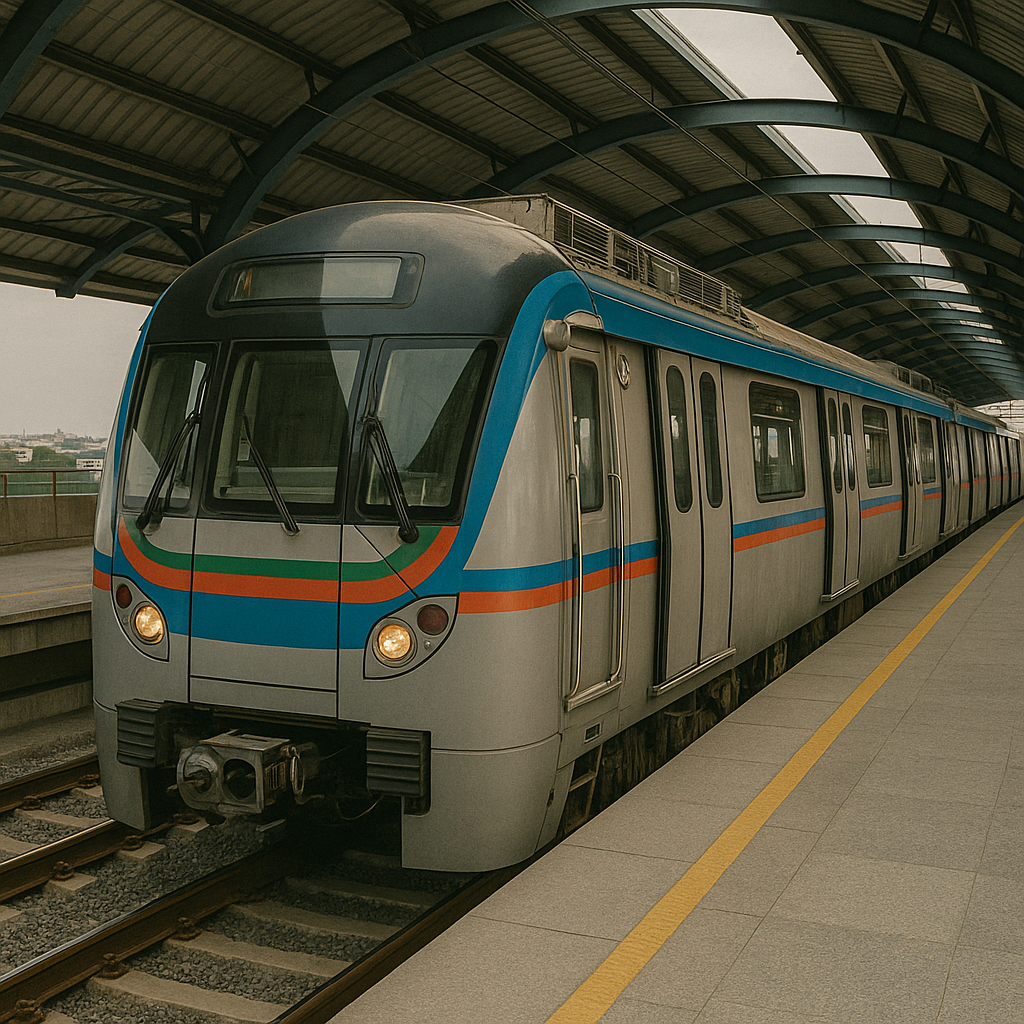TSRTC Free Bus Travel for Women: Real Stories from Hyderabad Streets
In a city where traffic never sleeps and public transport is the lifeline of millions, the Telangana government’s decision to offer free bus travel for women through TSRTC (Telangana State Road Transport Corporation) marked a major turning point. Since its rollout, this initiative has transformed daily life for countless women across Hyderabad and beyond. From working professionals to students and street vendors, real stories from Hyderabad’s streets reveal how this policy is empowering women, reducing financial burdens, and giving them new reasons to move freely.
A Breath of Relief for Working Women
For 29-year-old Swathi, a sales assistant in Ameerpet, the free TSRTC bus pass has brought more than just convenience. “Earlier, I used to spend around ₹800 monthly on travel alone,” she says while adjusting her handbag and boarding a city bus from SR Nagar. “Now, that amount is helping me pay for my daughter’s tuition.”
Thousands of women like Swathi, working in the informal and retail sectors, used to spend a significant portion of their income on daily commuting. With the introduction of this free travel scheme for women, that money now goes towards groceries, school fees, and savings. The ripple effect on household economics is powerful—especially in families where every rupee matters.
Students Traveling Without Worry
A group of college students at Secunderabad bus station giggle as they show their pink bus passes. For many like Anjali, a B.Com student at a local college, this initiative is life-changing. “I come from Uppal to Himayatnagar every day. My parents hesitated about sending me far for studies due to travel costs. This scheme removed that worry,” she explains.
Access to education often gets restricted due to financial constraints. TSRTC’s decision to make travel free for women has broken a silent barrier that discouraged girls from pursuing higher studies far from home. Now, colleges in city centers are seeing increased female enrollments from semi-urban and rural areas.
The Daily Hustle Made Easier
Munni, a vegetable vendor in Koti, used to rely on shared autos and borrowed rides to carry her goods from the market. “Autos charge ₹30 one way, and I travel at least four times a day. Free buses have saved me almost ₹150 daily,” she says while dragging a basket of brinjals onto a TSRTC city bus.
Munni’s story reflects a wider benefit for self-employed women and small-scale vendors who hustle daily for their families. With TSRTC’s extensive network, many now cover larger areas for sales without worrying about fare. It has opened up new earning zones for women in low-income brackets.
Building Confidence and Independence
Traveling alone in public spaces has long been a concern for women in urban India. Many women confessed that bus travel always felt safer than other means, especially during late evenings. Priya, a young nurse who travels from KPHB to Banjara Hills on a night shift, says, “I prefer TSRTC over cabs or autos. The conductors know regular passengers, and there’s a sense of safety.”
While the scheme does not directly target safety, its indirect benefits are unmistakable. Regular bus use is increasing women’s comfort and confidence in using public spaces. There is visibility, a sense of community among commuters, and reduced dependence on male family members for travel.
TSRTC Conductors: Frontline Facilitators
Conductors are playing a big role in helping this initiative succeed. Many conductors across Hyderabad now have a new respect for their role. Krishna, a conductor on the 218 route, says, “Initially, we thought it would increase our workload, but now I see how happy women passengers are. They thank us every day.”
By facilitating smooth boarding and assisting with route guidance, conductors are becoming allies in this movement. Some have also undergone gender-sensitization workshops as part of TSRTC’s internal reforms to support women travelers.
Challenges and Crowd Management
Of course, every major change comes with growing pains. With free travel, TSRTC buses—especially on major routes—are seeing a sharp rise in female ridership. While this is a sign of success, it also puts pressure on bus capacity during peak hours. Working women often mention the challenge of overcrowding. “Sometimes, I miss two or three buses before I can even get on one,” says Nilofer, a tailor from Mehdipatnam.
TSRTC has acknowledged these concerns and has already increased bus frequency on select high-demand routes. Plans are underway to add more buses dedicated to female passengers during rush hours in key areas like Kukatpally, Dilsukhnagar, and LB Nagar.
Impact on Monthly Budgets and Mental Stress
A hidden but crucial impact of this scheme is mental relief. For a domestic worker like Sulochana, even ₹20 saved per day means she can afford milk or eggs for her children. “Bus fare may seem small, but for us, it adds up. Now I don’t have to think twice before taking a second trip if needed,” she shares.
The free travel initiative is more than a cost-cutting measure—it eases the mental burden of choosing between needs and wants. It allows women from low-income families to make spontaneous decisions, like visiting a clinic or attending a wedding, without calculating the expense of a bus ride.
Creating Social Bonds on Wheels
Interestingly, this initiative is also giving rise to social bonding among women commuters. Regulars on the same route often become informal support systems for each other. From sharing job leads to alerting others about pickpockets, a new community culture is emerging on Hyderabad’s city buses. It’s not just about getting from point A to point B anymore—it’s about sharing the ride, stories, and struggles.
A Model for Other States
Telangana’s bold move is now being watched closely by other states. The TSRTC women’s free travel program is becoming a reference model for inclusive urban mobility. If replicated effectively, similar schemes could improve women’s workforce participation, access to education, and economic independence across India.
What Lies Ahead
With this policy still in its early months, continuous feedback from passengers, conductors, and city planners will be crucial. The government must invest in more buses, improved infrastructure, and possibly digital passes for smoother access. But the foundation is strong—the streets of Hyderabad are witnessing a visible change in how women travel, live, and dream.
As Priyanka, a schoolteacher from Chandanagar, sums it up: “I didn’t realize how much I avoided going out just to save bus fare. Now I move around freely, and that freedom feels priceless.”
TSRTC’s free bus travel for women is more than just a transportation scheme. It’s a silent revolution unfolding on the roads of Hyderabad. From students and workers to vendors and mothers, it is reshaping how women participate in the city’s rhythm. For many, these buses are no longer just vehicles—they are carriers of hope, dignity, and possibility.




